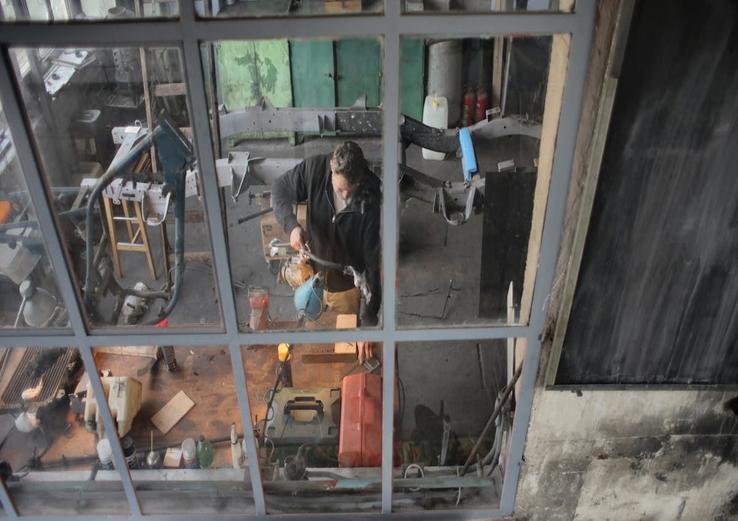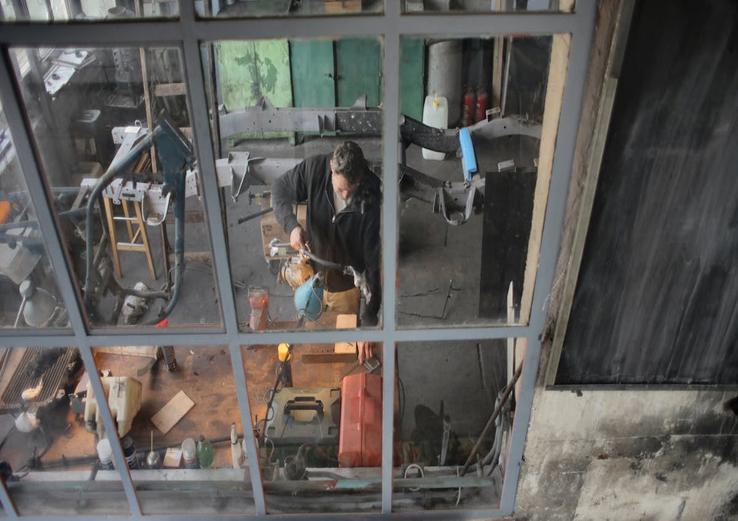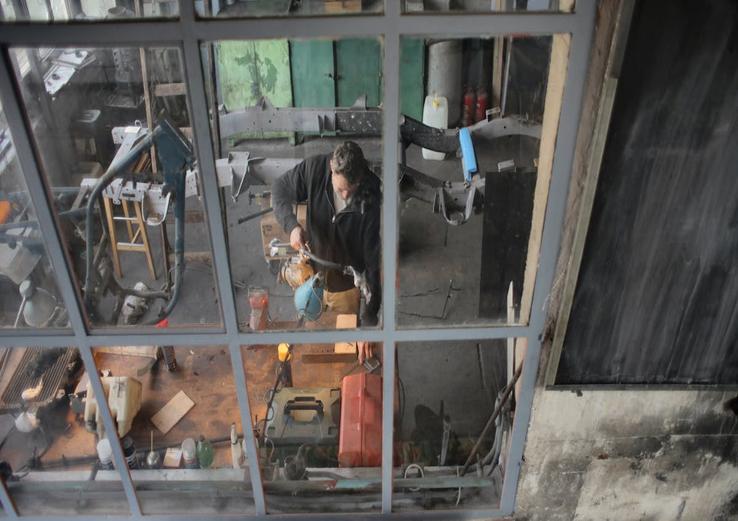
The Intersection of Lung Repair and Tuberculosis: A Complex Relationship
The human body’s ability to repair itself is a fascinating process, with various mechanisms in place to restore damaged tissues and maintain overall health. However, in the case of dysplastic lung repair, this process can have unintended consequences. Recent research has shed light on the intricate relationship between dysplastic lung repair and the development of tuberculosis, revealing a complex interplay between lung tissue repair, immune cell function, and the creation of a microenvironment that fosters the growth of Mycobacterium tuberculosis.
At the heart of this relationship lies the concept of maladaptive macrophage polarization. Macrophages are a type of immune cell that play a crucial role in the body’s defense against pathogens, including Mycobacterium tuberculosis. However, in the context of dysplastic lung repair, these cells can become polarized towards a maladaptive phenotype, characterized by the production of pro-inflammatory cytokines and the promotion of tissue fibrosis. This polarization is driven by the release of specific signaling molecules, including transforming growth factor-beta (TGF-β) and interleukin-13 (IL-13), which can alter the function of macrophages and other immune cells.

The consequences of maladaptive macrophage polarization are far-reaching, contributing to the creation of a tuberculosis-promoting microenvironment. This environment is characterized by the presence of pro-inflammatory cytokines, tissue-damaging enzymes, and other factors that can facilitate the growth and survival of Mycobacterium tuberculosis. Furthermore, the maladaptive polarization of macrophages can also lead to the suppression of anti-tuberculosis immune responses, allowing the bacteria to evade the host’s defenses and establish a persistent infection. The study of this microenvironment has significant implications for our understanding of tuberculosis pathogenesis and the development of novel therapeutic strategies.
Dysplastic lung repair can arise from a variety of sources, including chronic inflammation, injury, or infection. In the context of tuberculosis, the repair process can be triggered by the host’s attempt to contain and eliminate the bacteria. However, this process can go awry, leading to the formation of dysplastic lung tissue that is characterized by abnormal cell growth and tissue architecture. The creation of this dysplastic tissue can, in turn, drive the maladaptive polarization of macrophages, setting in motion a vicious cycle of tissue damage, inflammation, and infection.

In addition to the role of macrophages, other immune cells, such as T cells and dendritic cells, also play a crucial role in shaping the tuberculosis-promoting microenvironment. The interaction between these cells and the dysplastic lung tissue can lead to the production of specific cytokines and chemokines that further promote the growth and survival of Mycobacterium tuberculosis. The study of these interactions has significant implications for the development of novel therapeutic strategies, including the use of immunomodulatory agents that can restore balance to the immune response and prevent the creation of a tuberculosis-promoting microenvironment.
As our understanding of the relationship between dysplastic lung repair and tuberculosis continues to evolve, it is clear that the development of effective therapeutic strategies will require a multifaceted approach. This may involve the use of agents that can modulate the immune response, prevent tissue fibrosis, and promote the repair of damaged lung tissue. Furthermore, the development of novel diagnostic tools will be critical for identifying individuals at risk of developing tuberculosis, allowing for early intervention and the prevention of long-term tissue damage.
In the context of this complex relationship, the role of signaling pathways and molecular mechanisms cannot be overstated. The dysregulation of specific signaling pathways, including the PI3K/Akt and NF-κB pathways, has been implicated in the maladaptive polarization of macrophages and the creation of a tuberculosis-promoting microenvironment. The study of these pathways has significant implications for the development of novel therapeutic strategies, including the use of targeted inhibitors that can restore balance to the immune response and prevent the growth and survival of Mycobacterium tuberculosis.
Ultimately, the relationship between dysplastic lung repair and tuberculosis is a complex and multifaceted one, involving the interplay of immune cells, signaling pathways, and molecular mechanisms. As we continue to unravel the intricacies of this relationship, we may uncover new avenues for the treatment and prevention of tuberculosis, and shed light on the underlying mechanisms that drive this devastating disease. The ongoing research in this field is poised to revolutionize our understanding of tuberculosis pathogenesis and the development of novel therapeutic strategies, bringing new hope to the millions of people affected by this disease worldwide.
